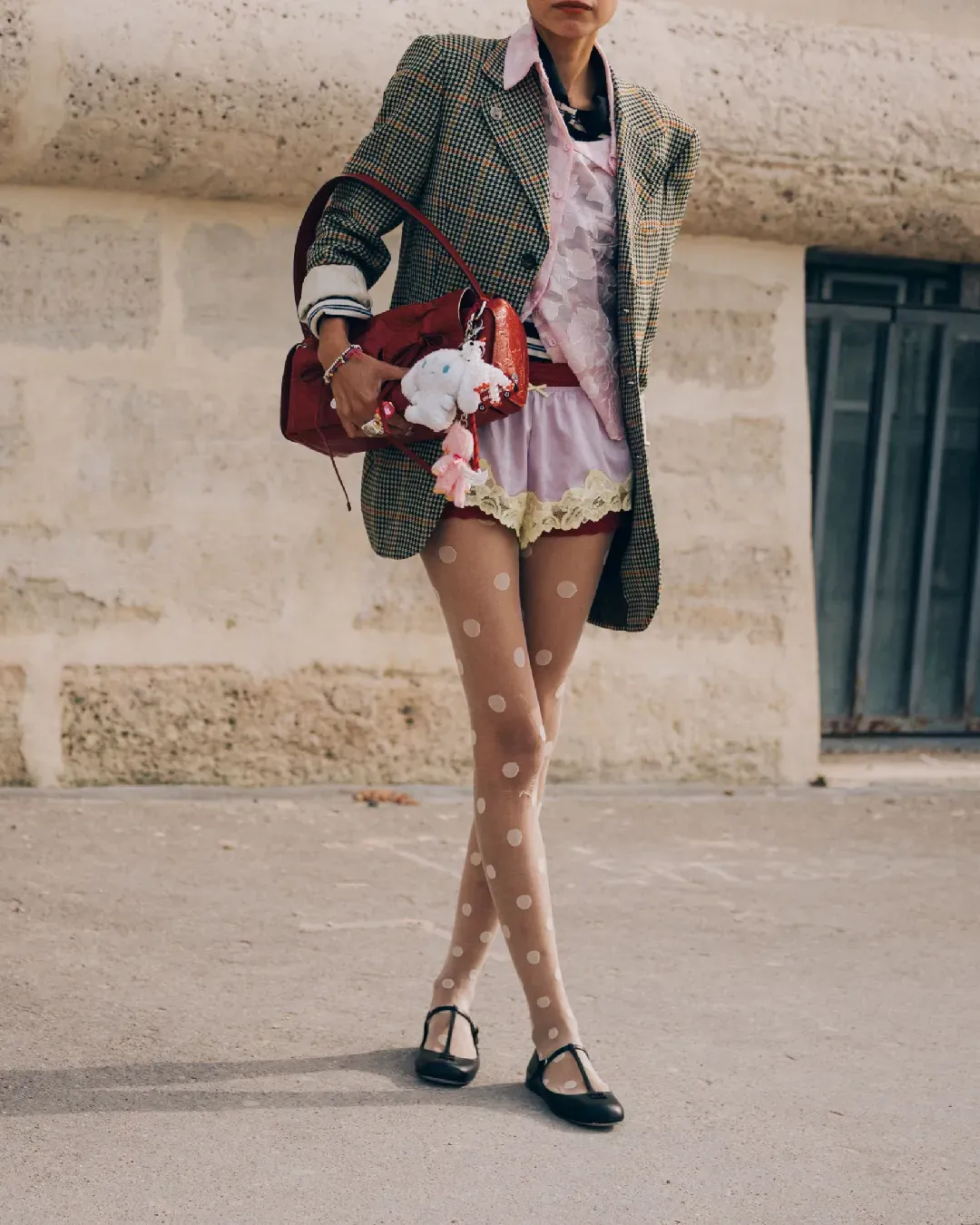
Japan seems immune to luxury crisis A relatively small but increasingly strategic region
Every quarter, major industrial groups present their financial results. Often, the performance of each company is organized on a geographical basis, i.e., according to different markets. And if there is one market where luxury spending has endured for years, it is Japan. Recently, several residents of Pacific-facing countries have started shopping in Japan, taking advantage of highly favorable exchange rates. With the Japanese yen continuing to fall against major currencies (last week it fell to its lowest level since 1986 against the dollar), the visits of foreign tourists looking for deals have multiplied. And this phenomenon is not limited to the Chinese, Koreans, and Australians but also affects Europeans to some extent since the yen has hit multi-year lows against the euro, the Australian dollar, and the Chinese yuan. The result of this yen devaluation is that luxury retail in Japan is, to put it simply, booming. “Top luxury brands, especially in the Ginza district [of Tokyo] and department store shop-in-shops, are performing exceptionally well,” Maiko Shibata, head buyer and creative director at Japanese multi-brand boutique Restir, told BoF.
This countertrend compared to the global cooling of luxury demand is motivating luxury brands like Hermès, Tiffany & Co., and Balenciaga to boost their operations in the country, expand their presence with new boutiques and pop-ups, and generally accelerate existing expansion plans. Hermès, which posted a 25% sales increase in Japan in the first quarter of the year, opened its second location in Ginza last month at the Mitsukoshi department store, following the opening of the Azabudai Hills store in February. In April, Balenciaga opened a three-level flagship store in Ginza, bringing the number of stores in Japan to 37. Emerging jewelry and accessible luxury brands like Gemmyo, Ganni, Studio Nicholson, and Polene have also entered or opened their first stores in the country over the past year. In general, LVMH reported a 32% sales increase in Japan in the first quarter, the highest growth rate worldwide, while Kering posted 16% revenue growth in the first quarter and Prada Group’s sales in the country rose by 46%, driven by local consumption and increasingly by tourists. Richemont, meanwhile, saw sales surge by 20% at constant exchange rates in Japan in the year ended March.
The value of the Japanese luxury market was $31 billion last year, up 27% year-on-year at constant exchange rates, according to Bain & Company. Duty-free sales by tourists reached a record for the third consecutive month in May, more than tripling year-on-year to 71.8 billion yen, about $450.7 million. But it's not just tourists: the yen's devaluation makes tourism more challenging, so the Japanese themselves spend a lot on luxury goods. A study by the Nomura Research Institute, cited by Travel Voice Japan, the official outlet of the country's tourism ministry, says that “wealthy population in Japan is estimated at 1.49 million households in 2021, who hold financial assets of 364 trillion JPY in total. Wealthy households with financial assets of 100 million to 500 million JPY are 1.4 million, and super-wealthy households with 500 million JPY or more are 90,000. The total number is more than the previous record of 1.33 million households in 2019, and wealthy households have increased since 2013.” A boom that, while positive, also hides a cause for concern, as it is driven by the yen's devaluation and, essentially, habitual luxury consumers with strong spending power who take a flight just to save on their purchases. An indirect indication that perhaps pricing policies in other key-markets such as China, for example, have imposed prices so high that they discourage domestic sales and encourage overseas sales: in other markets prices have become so high that even the rich are trying to get around them and seek out the best deal. In short, the perception that Japanese luxury is doing well could be just survivorship bias, that logical error that occurs when we analyze only subjects or data that have survived a selection process, ignoring those that did not. But only time will tell.














































